The pace of improvement in people’s life standards becomes very fast in last few decades and it comes at the cost of energy. Utilization of energy is being increasing day by day and this energy is produced mainly from conventional sources which have a limited life span. Among Non-conventional energy sources biogas is the prominent one due to its multifacet benefits. Since eighteenth century, with invention of biogas, many researchers contributed their ideas in this field and made the use of biogas technology viable at decentralized level. Today, the time has changed again and we have to think on centralized biogas plants for maximum economic utilization of the technical know-how in this field. Governments of most of the leading countries welcomes innovations in biomethanation area due to the role played by methane, the chief component of biogas, in global warming. Developing or under developed countries may get carbon-credit by reducing methane emission through proper use of biogas. Many entrepreneurs are interested in the field of electricity generation and bottling of biogas. Value-addition in digested slurry, another by-product of biogas plant, makes the technology economically viable by nullifying the poor economy of using biogas in either of the fields stated above. Present book provides basic knowledge of biogas technology along with outcomes of recent research works in this field all over the world. The book includes important research findings with a little experimental background to give better understanding of the experimental work for further improvement. Different types of biogas plant, cultivation techniques of anaerobic bacteria and analytical methods of biogas as well as of digested slurry are discussed in detail. The aim to write the book is to gather the scattered research findings in the field of biogas technology at a single stage for its better channelization towards sustainable development. The book guides planners, policymakers, research scholars, government officials, field workers, students and plant owners and provides highest value addition to their efforts. The information presented in the book will guide research scholars working in the field of anaerobic fermentation to formulate research experiment. For planners and policy makers the book supplies basic data useful in preparing plans for long run; selection of raw materials, pretreatment techniques and digester types; essential conditions required for installation and operation of biogas unit with expected outcomes; viability of biogas technology; and contacts of research persons for any explanations, if required. The book opens the door for university professors, lecturers and scientists to work in biogas technology and to break the myth that biogas technology is not a successful one. The book also helps the institutions or individuals having biogas units to get maximum biogas production from it.
Handbook of Biogas Technology
In stock
Free & Quick Delivery Worldwide
reviews
Bibliographic information
Title
Handbook of Biogas Technology
Author
Edition
1st ed.
Publisher
ISBN
8183211314
Length
400p., 47 Figures; Tables
Subjects

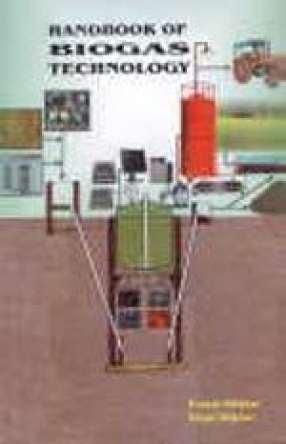
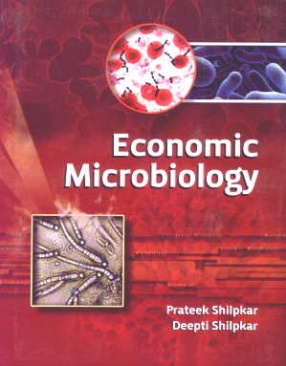
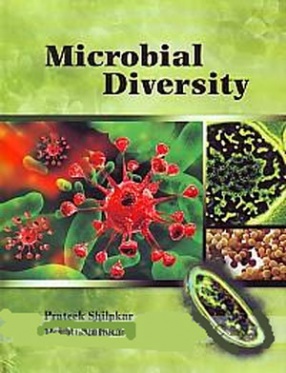

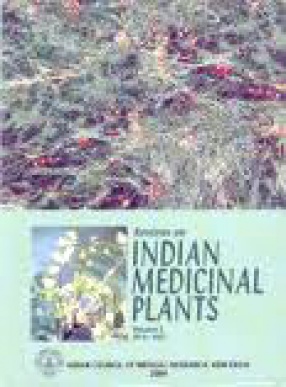
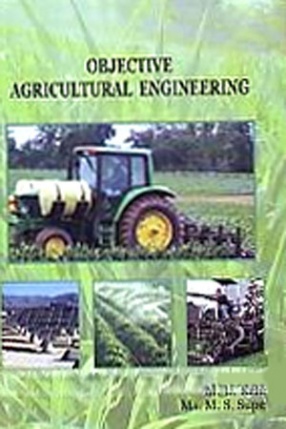
There are no reviews yet.